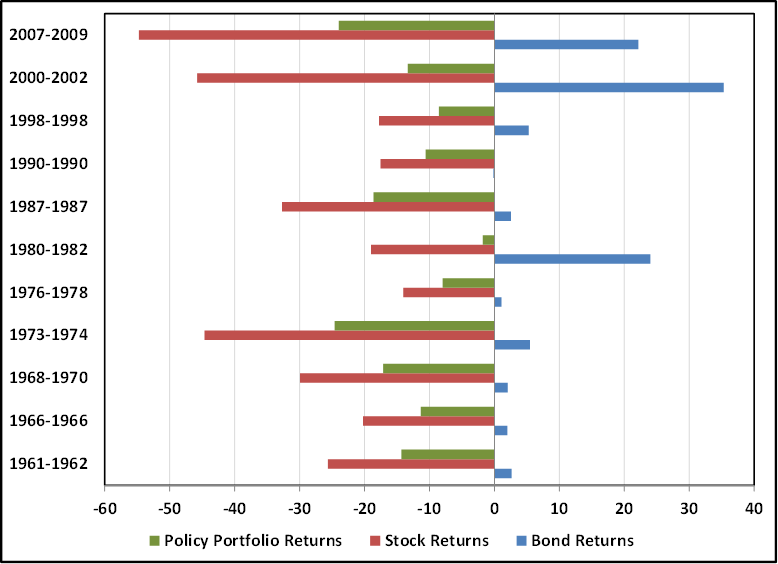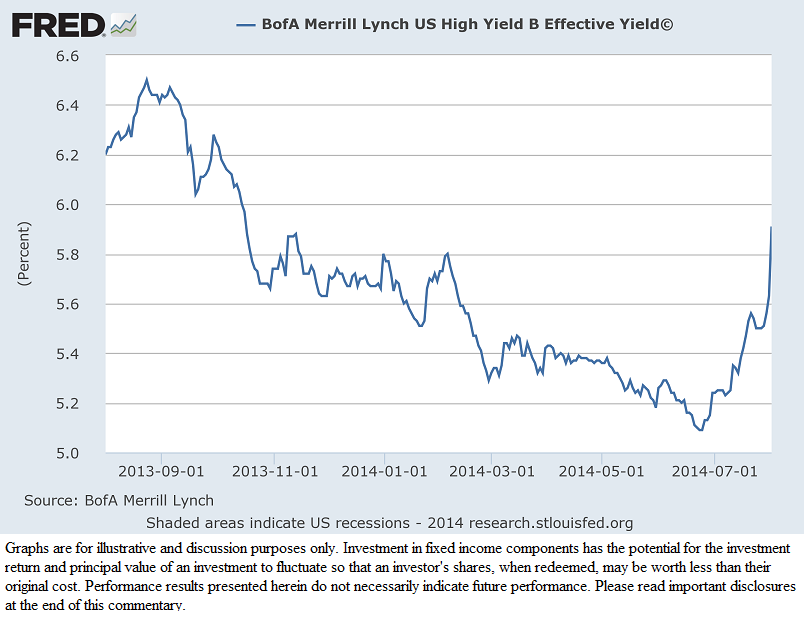Less Volatile Than Stocks More Liquid Than Bonds
Post on: 29 Май, 2015 No Comment

AS hybrid securities, preferred stocks fill a useful niche between stocks and bonds, paying high dividends. Yet they are often ignored when building an income portfolio.
As interest rates have climbed in recent months, though, you have to be careful about buying preferred shares. While they are worthwhile additions to retirement portfolios, you have to be aware of their risk profile.
The main benefit of preferred shares is that they generally offer superior yields to bonds and common-stock dividends. At 6 percent or more, preferred yields trumpet an advantage of four percentage points over 10-year Treasury notes and even more than insured deposits or short-term bonds.
Preferred stocks cost less than bonds to own on a per-share basis, are less volatile than common stocks and are more liquid than many bonds, as they trade on the New York Stock Exchange and over-the-counter markets.
What makes preferred stocks odd ducks is that they can be “called” — redeemed by the issuer in times of falling rates (just like bonds) — can be converted into common shares and can shift from fixed to adjustable dividends. If this sounds a little off-putting to you, you are not alone. Preferred stocks can get complicated.
Since preferred shares are sensitive to interest-rate movements — their prices fall when rates climb — you need to be vigilant about their volatility. They can mimic the downside of bond price movements.
When Federal Reserve officials mentioned this year that the central bank might be backing off its bond-buying program, share prices of both bonds and preferred shares sank.
Since the Fed “taper” talk first roiled income markets, the S&P Preferred Stock Index, which tracks a basket of the stocks, has reacted negatively. It was down 1.3 percent year-to-date through Aug. 26, compared with an almost 18 percent gain for the S.& P. 500-stock index.
Because of their proximity to the bond market, preferred shares proved somewhat less volatile than bonds, which fell more than 5 percent for the same period, as tracked by the S&P/BGCantor 7-10 Year U.S. Treasury Bond Index.
“Preferreds act much like bonds,” said Abby Woodham, an analyst for Morningstar, the investment research firm based in Chicago. “They are quite sensitive to interest-rate changes.”
Why own preferred shares if they can be churlish in a rising-rate environment? Because they offer such high yields, the income component of the stocks still keeps you in the black if share prices lose money during small interest-rate spikes.
While buying individual stocks is certainly the riskiest way to invest in preferred stocks — you will need specialized expertise to analyze them — you can buy them in nine exchange-traded funds and several actively managed and closed-end mutual funds.
Ms. Woodham said the major exchange-traded index funds, which hold baskets of preferred stocks at a low cost, included the iShares S&P U.S. Preferred Stock Index ETF, which yields just under 6 percent, and the PowerShares Preferred ETF, which yields about 6.6 percent. Both funds charge annual expenses of 0.5 percent or less.

Although these funds are worthy additions to any income portfolio, their main drawbacks are their heavy concentration in financial sector stocks. For more diversification, consider the Cohen & Steers Preferred Securities and Income I Fund, offering a 6 percent yield. In addition to financial stocks, the fund also holds shares in insurance and real estate companies. It comes at a steeper price: 0.75 percent in annual expenses.
Michael Dubis, a financial planner based in Madison, Wis. said he recommended the Cohen & Steers fund for his clients because “I believe you’re better off going active” — that is, choosing an actively managed fund — in addition to the iShares fund for those who want preferred shares.
“For clients seeking preferred stocks in their portfolio, I use the Cohen & Steers fund for half my preferred positions, which is really no more than 3 percent to 10 percent in a portfolio,” Mr. Dubis said.
If you are an active investor trading income securities, you will need to keep a close eye on the Federal Reserve. If the economy continues to heat up, the Fed may suspend its $85 billion a month bond-buying program, which could lift interest rates and hurt bond and preferred prices.
When asked if the Fed might back off its easing program before the end of the year, Charles Evans, president of the Federal Reserve Bank of Chicago, said on Aug. 6, “I clearly would not rule that out.”
But most buy-and-hold investors probably need not be so attuned to the Fed’s vacillations. If preferred stocks occupy a small portion of a diversified portfolio containing United States Treasuries, money market funds, corporate bonds, municipal bonds and real estate investment trusts, this kind of diversification offers much less volatility than piling into a single class of high-yield securities.
A version of this article appears in print on September 10, 2013, on page F2 of the New York edition with the headline: Less Volatile Than Stocks, More Liquid Than Bonds. Order Reprints | Today’s Paper | Subscribe














